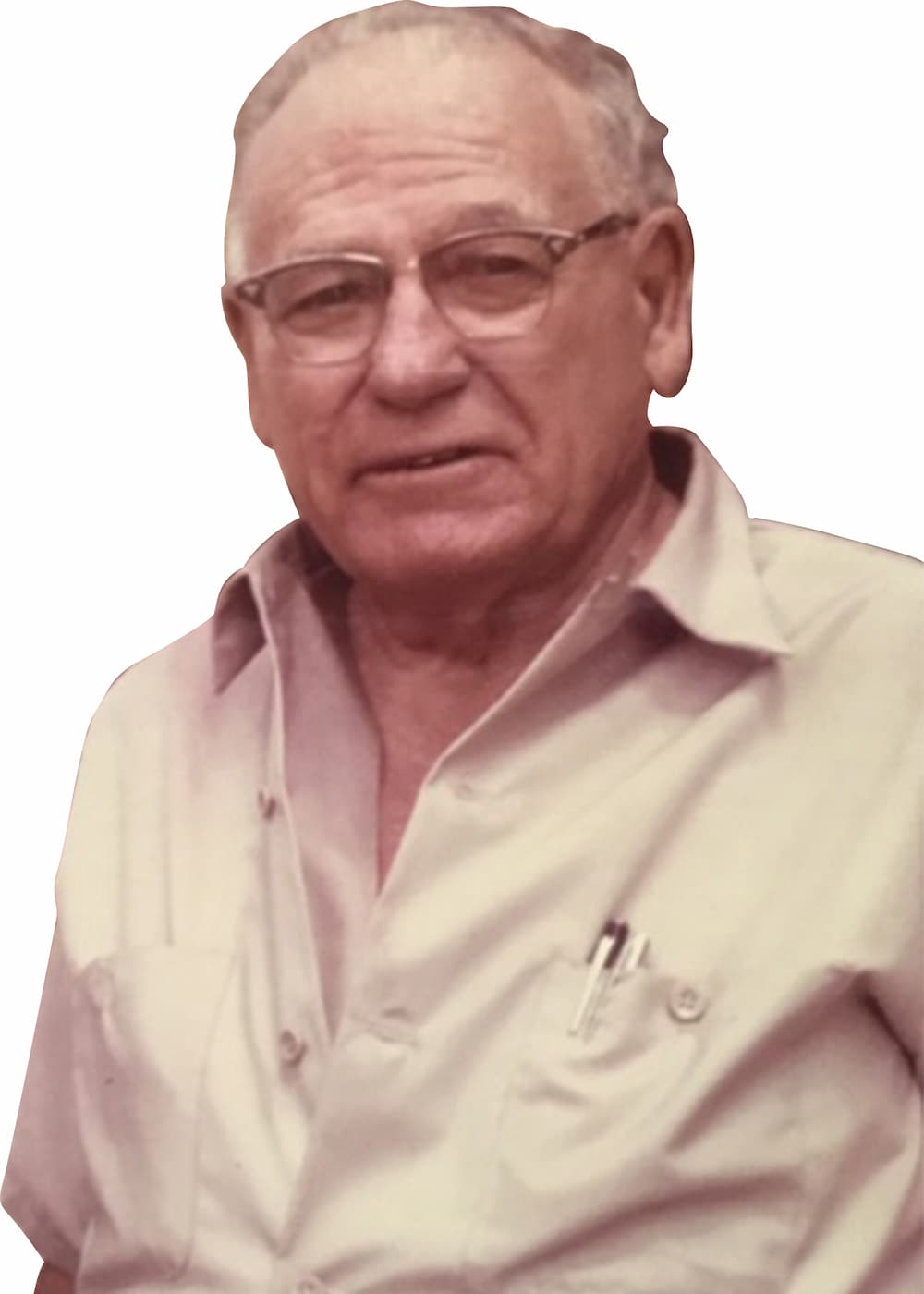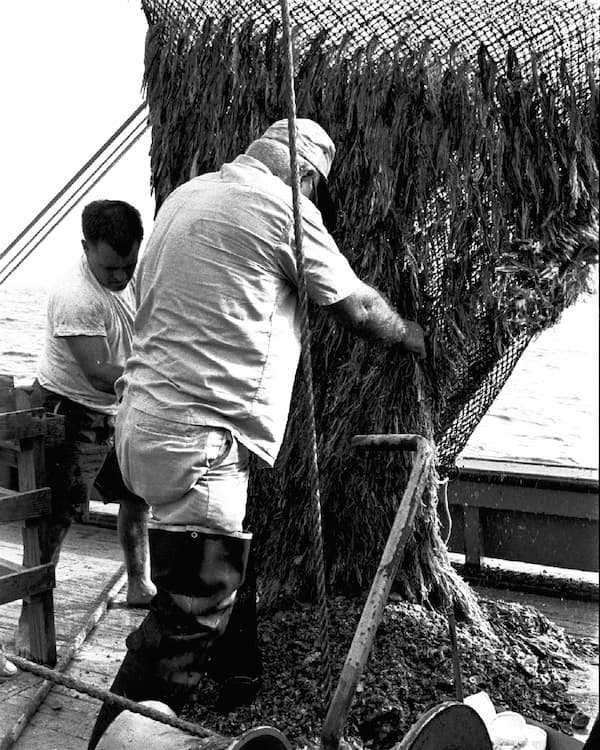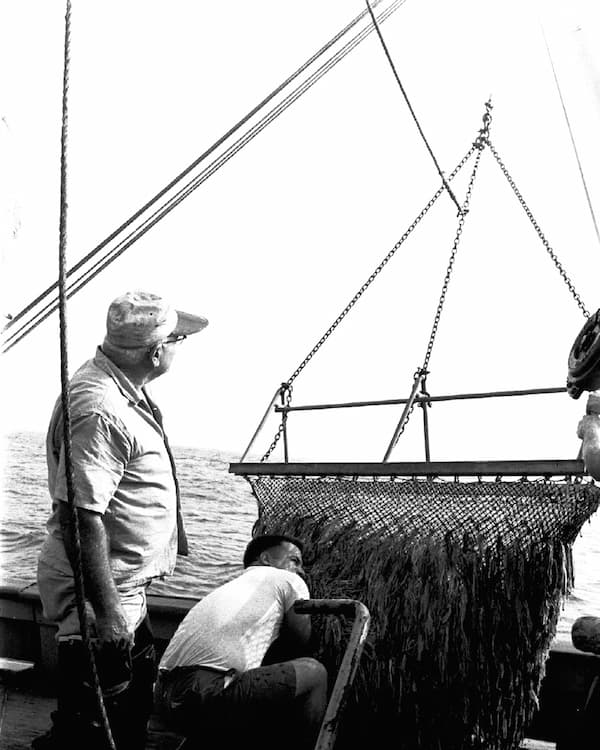Sam Gray

Gray's Reef was designated as a national marine sanctuary on January 16, 1981 by President Jimmy Carter, but the history of the reef—once known as the "Sapelo Live Bottom"—dates back to pre-Columbian North America. The Sanctuary was named in recognition of Milton "Sam" Gray, who discovered the area in modern times.
Milton Berford "Sam" Gray (1895 - 1967)
Milton "Sam" Gray was a marine taxonomist and biological collector who studied invertebrates along the Atlantic coast. Most of his career was spent studying seafloor life in the northeastern United States, but migrated south later to study the diversity of the Georgia coasts—the first of such studies in the region.
Before the 1960s, the Georgia coast was essentially an unexplored area halfway between Duke University's Marine Laboratory at Beaufort, North Carolina and the University of Miami in Florida. Gray had worked as a naturalist and resident researcher for a majority of his career at the Marine Biological Laboratory at Woods Hole, Massachusetts before bringing his expertise to the Georgia coast.
In 1961, Gray was hired to collect invertebrates from the coastal and near-shore waters off Sapelo through the University of Georgia Marine Institute on Sapelo Island. Gray took daily trips offshore to collect ocean specimens and transported them back to his laboratory for preservation. The area Gray discovered during this time of exploration was originally named "Sapelo Live Bottom". This site was later renamed "Gray's Reef" commemorating his efforts to the area.




Gray's collection of invertebrate jars grew and fellow scientists began to take notice of the diversity and abundance of marine life along Georgia's coast, resulting in the publication of several books on the topic. Edward Bousfield of the National Museum of Canada once remarked that the "incomparable field know-how of Sam Gray added immeasurably to the efficiency and thoroughness of the Sapelo Island operations." In the spring of 1964, prior to leaving Sapelo, Gray prepared and shipped the most important components of his collection to the Smithsonian Institution.
Sam Gray, his wife Helen, and their dog Skippy, continued seasonal residence at Sapelo after Sam's retirement. Prior to working at the University of Georgia and Woods Hole, Gray attended Massachusetts Agricultural College (now University of Massachusetts), served in World War I as a petty officer (U.S. Navy) on a sub chaser in the Adriatic Sea, and had a brief attempt at raising poultry.

